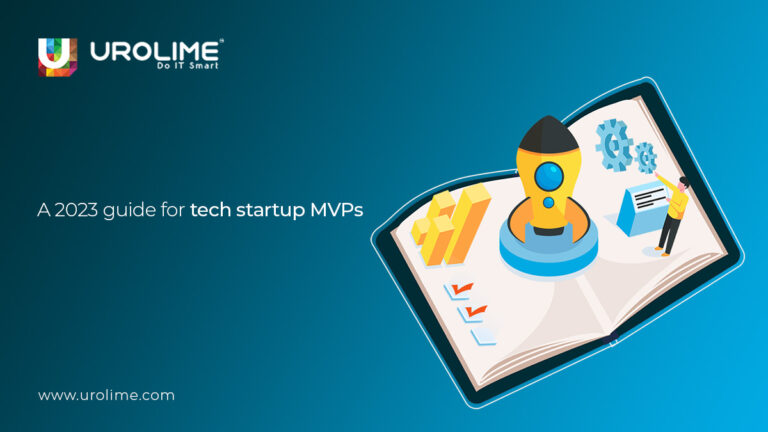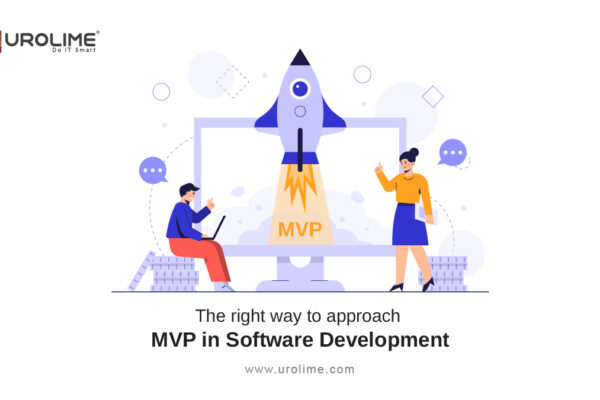Introduction:
Let’s say, you’re building an online store. You’ve done the tough work of ideating, researching, and building the base of your product! But how are you going to know if the market is ready for it? You wouldn’t risk pouring hefty sums into your product’s launch without testing the market, would you?
That’s where the concept of MVP makes a stop.
An MVP (or “Minimum Viable Product”, a term popularized by Eric Ries in his book “The Lean Startup”) is a version of your product that has just enough (not all) features to see if you can solve the specific problem you’re looking to solve for your target audience. It’s a useful approach for any product that is being developed, but is especially popular in the tech startup space where speed and agility are important factors.
With an MVP, you get to test your assumptions about what your customers/users want and need. You’re also able to validate your product idea before investing significantly (both time-wise and money-wise) into developing a fully-featured product.
Once you get helpful feedback from your users through your MVP, you can iterate on your product and make improvisations based on them. Add new features, tweak the design, change the pricing, do whatever feels best from what you learn from your users!
In this post, we’ll give you a step-by-step breakdown of the process of creating an MVP, along with the tools and resources that startups can leverage to make the process easier. Read on!
An Informed Guide For Tech Startup MVPs
1: What The ‘Problem’!
You want to build an online store for your brand. Sure, you’re helping your customers find whatever they want from your brand online. But what more? Can you narrow down to a problem or two that you’re solving for them?
Dig deep and uncover that. Find what problem you’re helping your customer solve.
Make use of these online tools for figuring out The Problem:
- Customer feedback surveys: Service Hub by Hubspot, SurveySparrow, Qualtrics, and SurveyMonkey are some of the most highly-rated survey tools on the market.
- Competitive analysis tools: SEMrush, Ahrefs, and Moz are some of the most popular and highly-rated tools for competitor analysis.
- Market research reports: IBISWorld, Euromonitor, and MarketResearch.com are some of the top providers of market research reports.
- User personas: Canva, Xtensio, and Persona.ly are some of the latest and most popular tools for creating user personas.
- User stories: Clubhouse, Trello, and Jira are some of the most highly-rated tools for writing and managing user stories.
- Wireframing and Prototyping tools: Figma, Sketch, and Adobe XD are some of the latest and most popular tools for creating wireframes and prototypes.
- Lean startup methodology: The Lean Startup book by Eric Ries remains one of the most highly-regarded resources for applying lean startup methodology.
- Additional: Check out Leanstack and Ash Maurya’s Lean Canvas for additional resources.
2: What’s your Target Audience?
Now that you know of the central problem you’re trying to solve with your product, think who would benefit the most from it. Who would buy your product? What would possibly be their age? Where might they be from? What could be their personal and professional backgrounds? Understanding and evaluating this helps you market your product well.
Here are some tools that can help you identify your target audience:
- User persona templates: Lucidchart and Venngage are some of the best ones available in the market.
- Social media analytics tools: Try Sprinklr, Keyhole, or Emplifi.
- Google analytics: Still one of the best and most widely-used for analyzing website traffic and identifying key metrics!
- Facebook audience insights: Again, one of the best and most widely-used for gathering data on Facebook users!
- LinkedIn analytics: The most widely-used for analyzing your LinkedIn audience!
- Customer discovery tools: Try EnjoyHQ, Lookback, or Dovetail.
3: Here comes the MVP design
Done with the main research? Time to fix your design. Before you decide on your MVP’s design:
- Determine your audience’s design preferences: Consider their age, gender, culture, industry, and other factors. Research and analyze your target audience’s design preferences before finalizing your design. It’s not just the aesthetics that attract you the most that matters.
- Simple and clean designs for the win: Make it easy for your audience to make their way through your product. Use a consistent layout, typography, and friendly color scheme across all pages to create a cohesive design.
- Focus on visual hierarchy: Find out: what are the most important elements to come on the screen? Use color, size, and placement to guide the user’s eye towards them.
- Make it mobile-friendly: A majority of app users today use it on the mobile. So, do not skip the part where you must optimize your app for the mobile. Use responsive design techniques to ensure that your MVP looks great on different devices and screen sizes!
- Make sure your design principles are user-friendly: Usability, accessibility, and readability form the core of a successful design. Prioritize the usage of clear and concise language, intuitive navigation, and accessible design elements to create a user-friendly design!
- Do not skip user testing: Conduct user testing with your target audience to get real feedback on your design and identify areas that need improvement. Welcome feedback! That’s the only way to a successful design.
- Iterate and refine: As is the case with most things, your design work would rarely stop with the first iteration. Once you have collected user feedback, iterate and refine your MVP design to make it even better. And then do it again. And again. The more you test and refine your design, the more likely it is to meet the needs of your audience and provide a positive user experience.
Here are some tools for help with your MVP design:
4: Test, test, and test your MVP
You might think you’ve given your all in the first iteration — whether it’s with the best design, research, or marketing. But you’ll still have to be continuously testing your MVP with real users to get feedback and validate your assumptions. Because that’s the only way to a user-friendly product.
Here are some tools for help:
- UserTesting: A user research platform
- Optimizely: An experimentation platform
- Hotjar: A behavior analytics platform
- Usabilla: A user feedback platform
- Validately: A user research platform
- Lookback: A user research platform
That’s it about the steps for creating an MVP!
Did this blog post help you? Please share it with those you think would benefit from it or give us a shoutout on our LinkedIn page. And if you need help with building your MVP, do check out our startup services or contact us!
![]()




